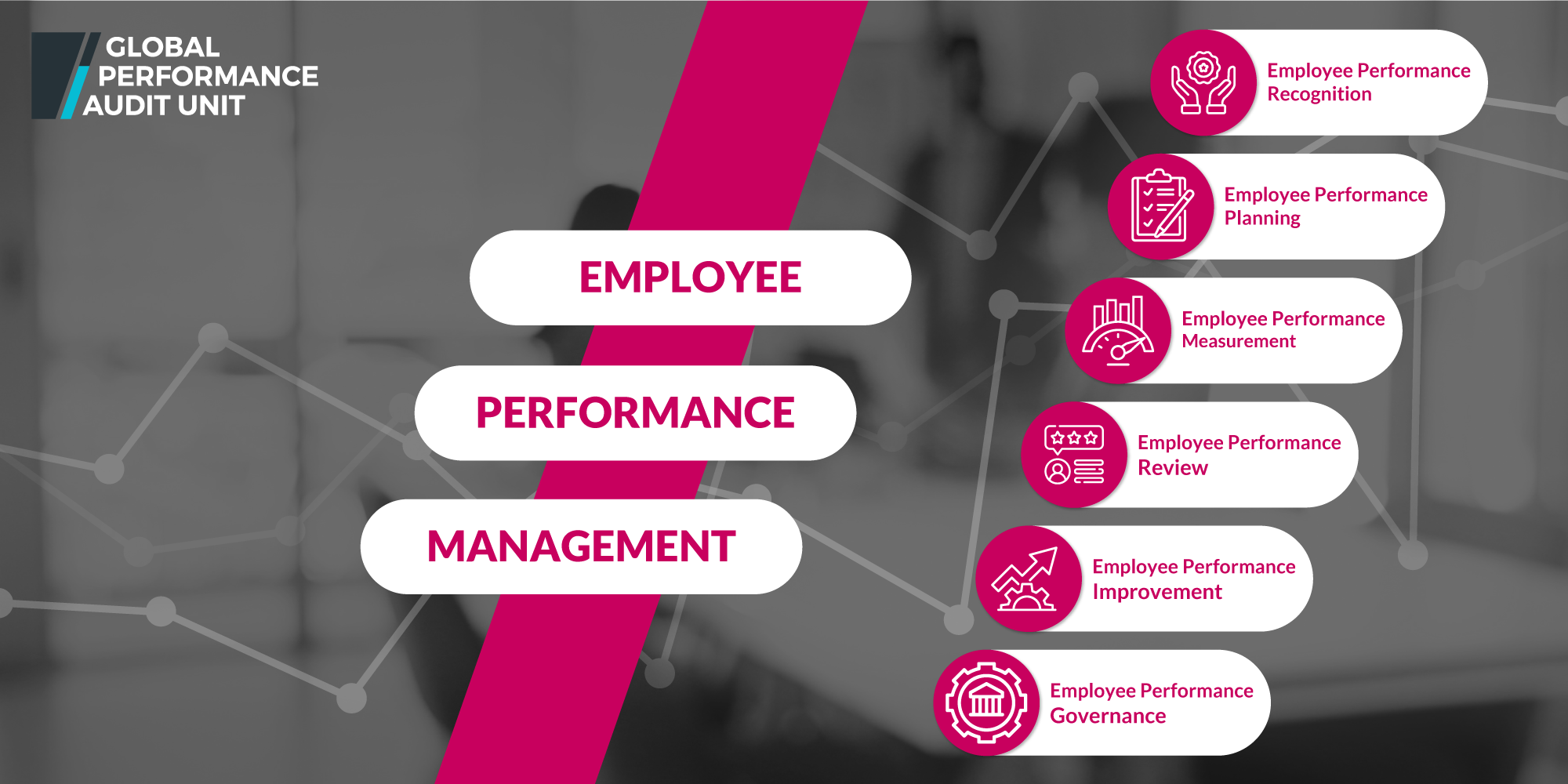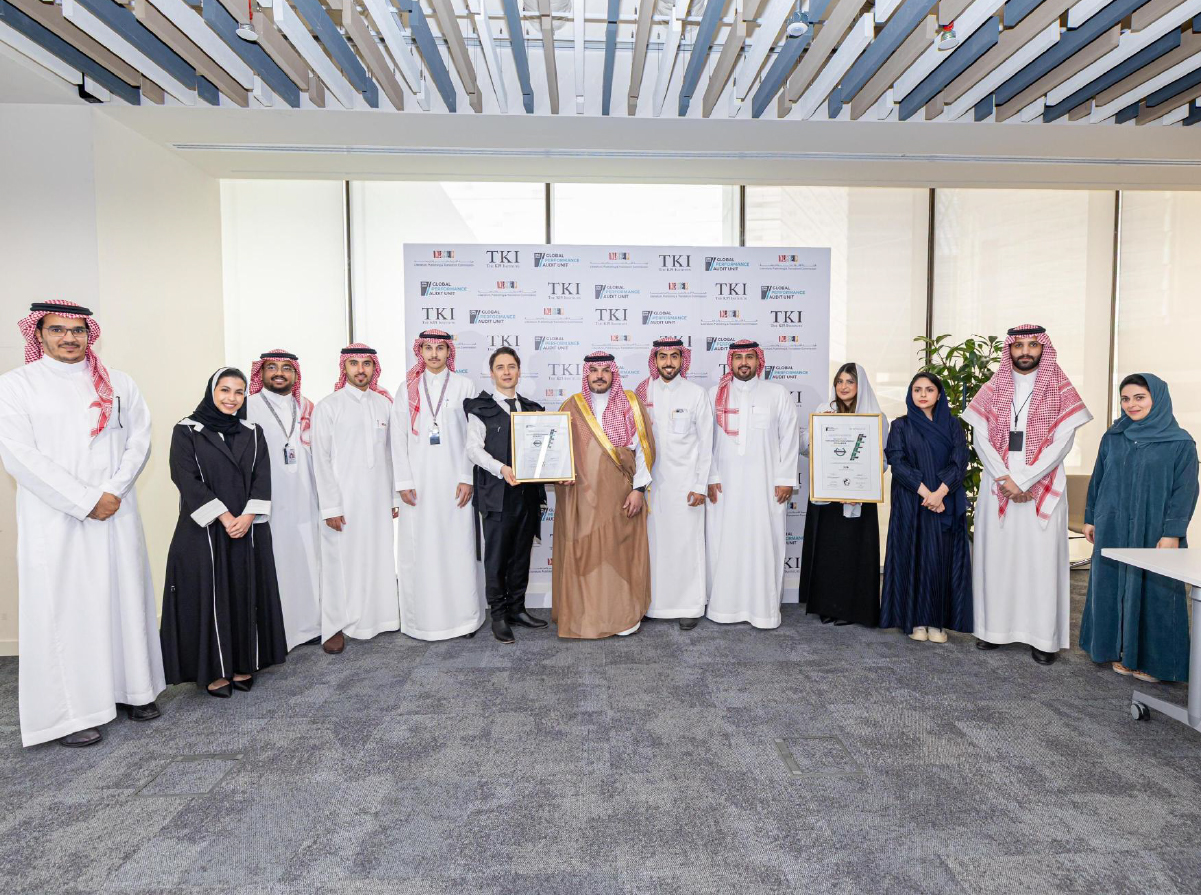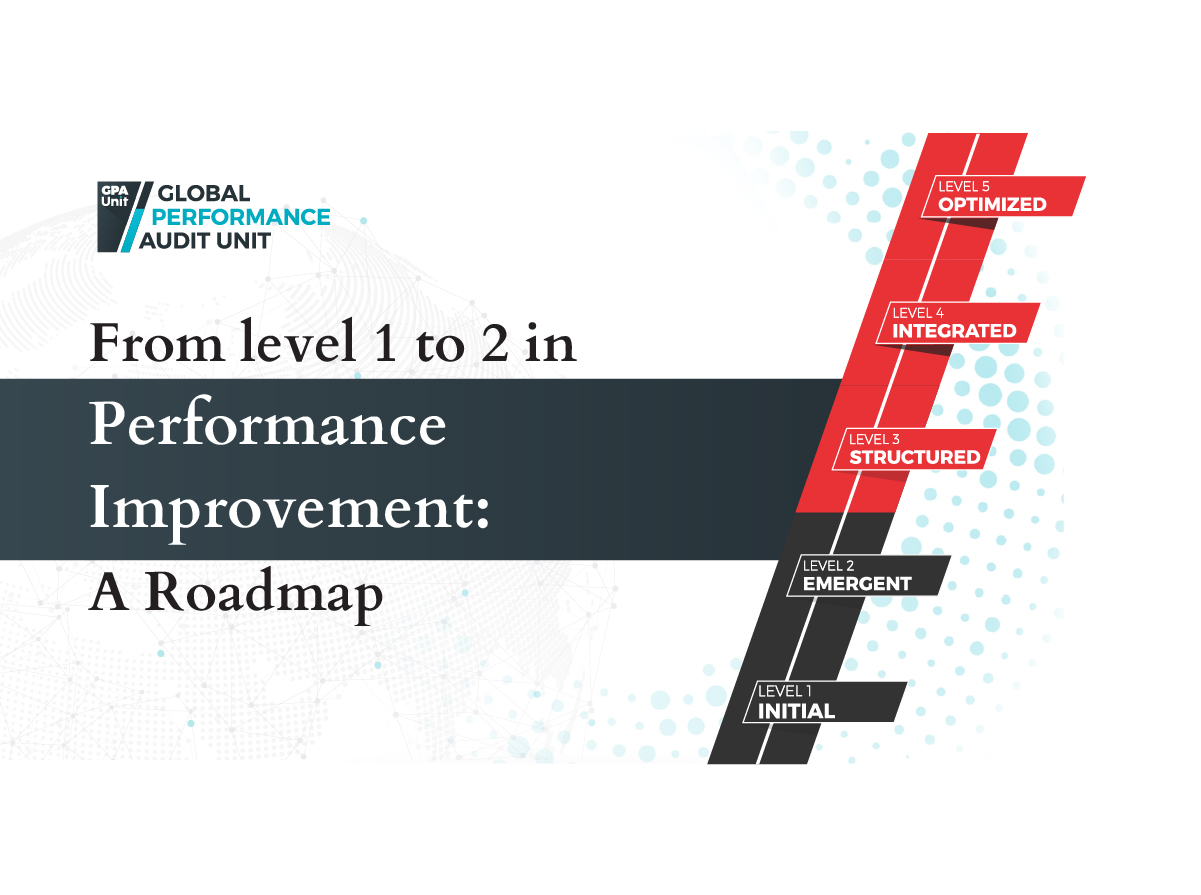Talent balancing act – people at the core of performance management systems

It’s becoming a trend: faced with a hybrid work model and a workforce that looks like an utter puzzle of distinct generations, organizations are now more aware than ever of the critical importance of having people-centered performance management. Traditional systems have become way too bureaucratic and detached from employee needs to actually produce the results they are expected to so new approaches, prioritizing individual growth, engagement, and well-being, are visibly gaining ground.
Conventional management systems are being criticized for their inflexibility and uber-focus on annual evaluations. They emphasize rating and ranking employees over anything else and, as a consequence, lead to a culture of competition rather than one of collaboration. Employees feel reduced to a ‘face-less’ score and disconnected from the organization - in short: the sure pathway to stifled creativity, problematic communication, and a negative impact on productivity and retention.
Tweaking the existing business models is a matter of survival these days and the Polaroid example, though old, is still a very significant example of what resistance to change will ultimately cause. Once hogging market-share and being synonymous with instant photography, Polaroid has become a cautionary tale of a company that fails to adapt and innovate in the face of changing technology and social environments.
Stay in sync: principles of the people-first approach
A people-first performance management system is based on the belief that when employees thrive, so does the organization and this requires:
1. continuous feedback & communication: not dry annual reviews, but on-going dialogues between managers and employees to build transparency and trust; regular check-ins to allow for recognition of achievements and swift addressing of potential issues,
2. personalized development plans: to support individual growth that serves both personal goals and organizational objectives,
3. alignment with organizational values: when employees understand how their work contributes to larger, organizational goals, they are more engaged and motivated,
4. inclusivity & equity: a fair performance management system actively works against biases and ensures that employees have equal opportunities to succeed,
5. leadership engagement: managers who support and guide, rather than command, enhance employee performance and confidence.
Once ideas take shape, they need to be followed by practical steps from redesigning the evaluation processes, to setting clear (and flexible) goals, to training managers and leveraging technology.
Challenges to consider
While the benefits of a people-centered performance management are clear – increased engagement and performance, higher retention rates, bigger appetite for innovation and adaptability to name just a few – organizations may also face some challenges:
• cultural shift: like any other change process, the transition can be met with resistance
• resource allocation: implementing potentially new systems and training requirements may require additional investments
• consistency: making certain that all managers adopt and maintain the new regimen is essential for its success.
Addressing these challenges requires clear communication of the benefits, leadership support and a focus on periodically tracking results and the effectiveness of all practices and processes set in place.
Transparent reporting mechanisms enable accurate mapping of individual and team performance over time, highlighting trends and areas that require attention. This constant feedback loop not only produces timely, relevant, and actionable data but it also aids in overall performance improvement.
A robust employee performance management capability ensures that performance management is not reduced to a paper-bound evaluation but is in fact a two-way dialogue that encourages growth and development.
Assessing the Maturity Level of the Employee Performance Management Capability
Understanding the maturity level of the employee performance management capability is crucial for identifying areas of improvement. A mature system is characterized by well-defined processes, consistent application across the organization, and integration with other HR functions.
It moves beyond basic performance appraisals to incorporate real-time feedback, mentoring and a focus on future potential. By correctly assessing the maturity level of the EPM capability, organizations can ensure that their performance management practices are effective, fair, and conducive to employee growth.
They also learn how to progress to the next maturity level and build on their competitive advantage. By focusing on enhancing employee performance management capability, assessing the maturity level of existing systems, and integrating key elements such as goal alignment, continuous feedback mechanisms, professional development opportunities, and a focus on team-based performance, organizations can create a framework that supports both the employees and the business.
Rather than solely compensating employees based on individual achievements, which can inadvertently foster competition, the focus should shift toward team performance to encourage collaboration and a more cohesive, productive workplace culture. This approach ensures that employees work towards shared goals, fostering a more collaborative environment that drives overall organizational success.
The big picture
There is a clear, repeated correlation between investing in learning & development strategies, recognizing performance, functional reward systems and talent retention. Adopting a people-centric performance management system has turned into a strategic imperative for organizations seeking reliable improvements in performance and long-term sustainability.
Ultimately, it comes down to this:
Putting people first not only drives organizational resilience, but also builds a more adaptable workforce ready to meet and to deal with future business challenges.
On a final note: the time to act is now, take the necessary steps to evaluate and evolve your performance management practices and get ahead of the proverbial curve sooner rather than later. We can help - just drop us a line and let’s see where the starting point should be.
| DATE | November 07th, 2024 |
| Category | Blog Posts |
| Reading Time | 6 |




